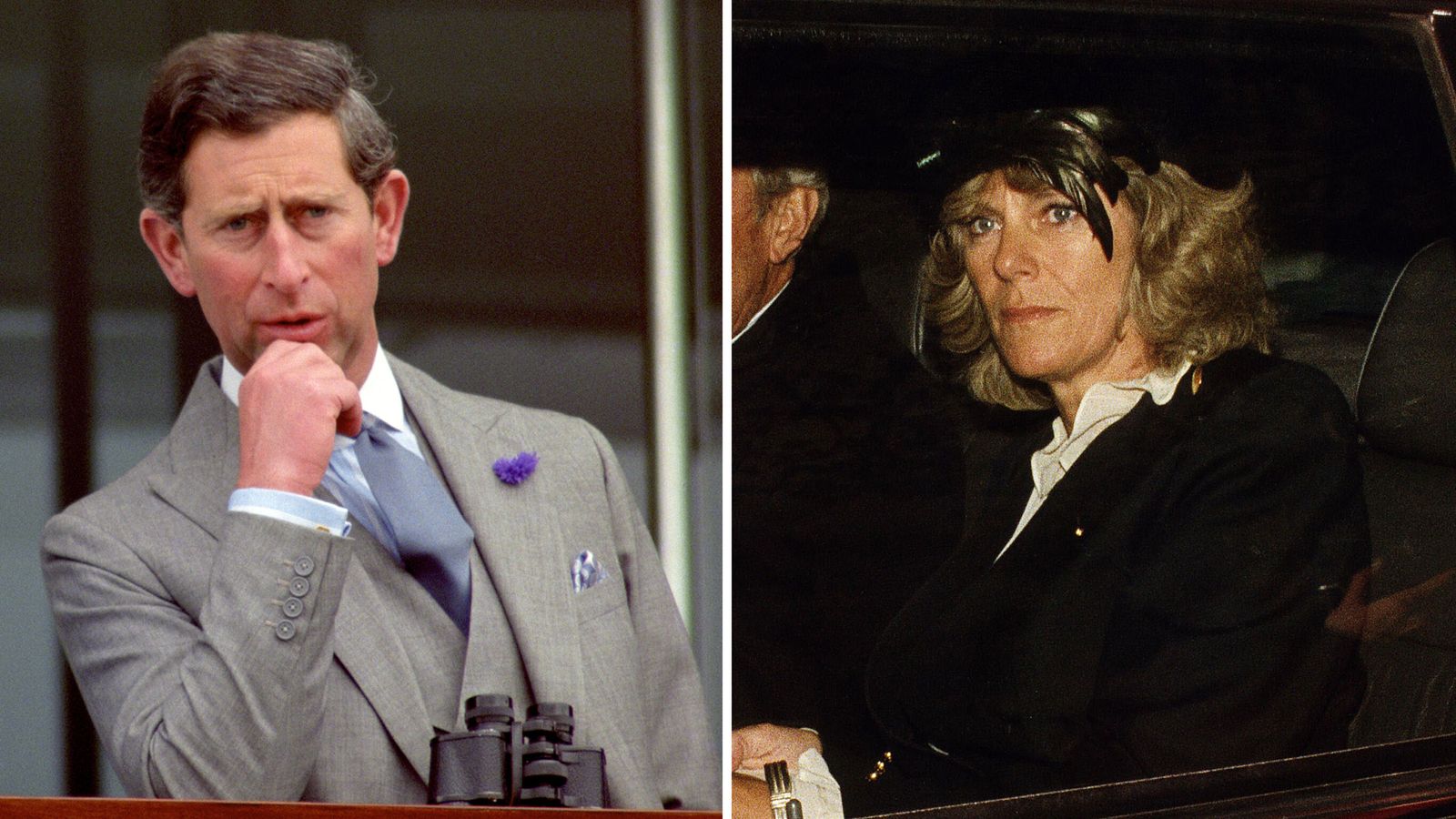We can today announce our upcoming exhibition, Great Escapes: Remarkable Second World War Captives, opening in February 2024.
During the Second World War, hundreds of thousands of people were held against their will. Service personnel captured in conflict became prisoners of war, and civilians were confined in internment camps if they were believed to be a threat to the state.
Very few people physically escaped their situation, but despite often living in punishing conditions, those held captive often sought escape through other means. This exhibition explores the human spirit of hope and resilience during times of captivity, and reveals the surprising stories of an under-told and under-researched area of our history.
The cataloguing of around 200,000 record cards containing personal details of individuals held by the German authorities during the Second World War has allowed new stories to come to light to be told for the very first time. Whether it be learning a new language, making disguises, writing to loved ones, or creative endeavours such as putting on elaborate theatre performances, a sense of community offered a glint of light among the suffering.
More well-known escape attempts are also examined, with the 80th anniversary of what we now know as ‘the Great Escape’ occurring in March 2024. The escape from Stalag Luft III was made famous by the film starring Steve McQueen. Also included are details of the British Officer Airey Neave’s attempts to escape from Colditz Castle and his eventual success dressed as a German soldier in 1942.
Dr William Butler, a curator of the exhibition, and co-author of the associated book ‘Captives: Prisoners of War and Internees 1939-1945’, said: ‘Many people will have heard the story of the Great Escape, thanks to the 1963 film, but our exhibition also reveals stories not yet told.
‘Great Escapes is about the agency of individuals, their courage, resilience, and ingenuity in the face of adversity. We hope to show visitors how prisoners and internees made decisions in order to feel human, with community and activity groups being formed “behind the wire”, whether they be escape committees or choirs.
‘Many of these stories are about hope despite the incredibly difficult circumstances prisoners and internees faced during the Second World War.’
Great Escapes will be divided into three areas bookended by the 1929 Geneva Convention and its updated version agreed in 1949. The first area will explore the legal framework for the 1929 Convention and tell the story of Military Intelligence Section 9 (MI9), a highly secret British government agency established in 1939 to help military personnel evade and escape capture.
The second area will cover the stories from individual prisoners and internees under British, German, and Japanese authority during the Second World War. The third area will examine how prisoners were dealt with at the end of the war and how the experience of the conflict led to the Geneva Convention being rewritten in 1949.
Steve Burgess, Head of Events and Exhibitions at The National Archives, said: ‘We must thank our team of volunteers at The National Archives who catalogued around 200,000 War Office records which has allowed us to uncover new material and tell stories for the first time. Through these records, we gain a sense of the individuals and communities that formed wherever they may be.’
Great Escapes: Remarkable Second World War Captives opens on Friday 2 February 2024 and will run until 21 July 2024. The exhibition will be free entrance to all.
Sign up to our mailing list or follow us on social media to find out more about the exhibition as it is released and book tickets to our accompanying programme of events and activities.



